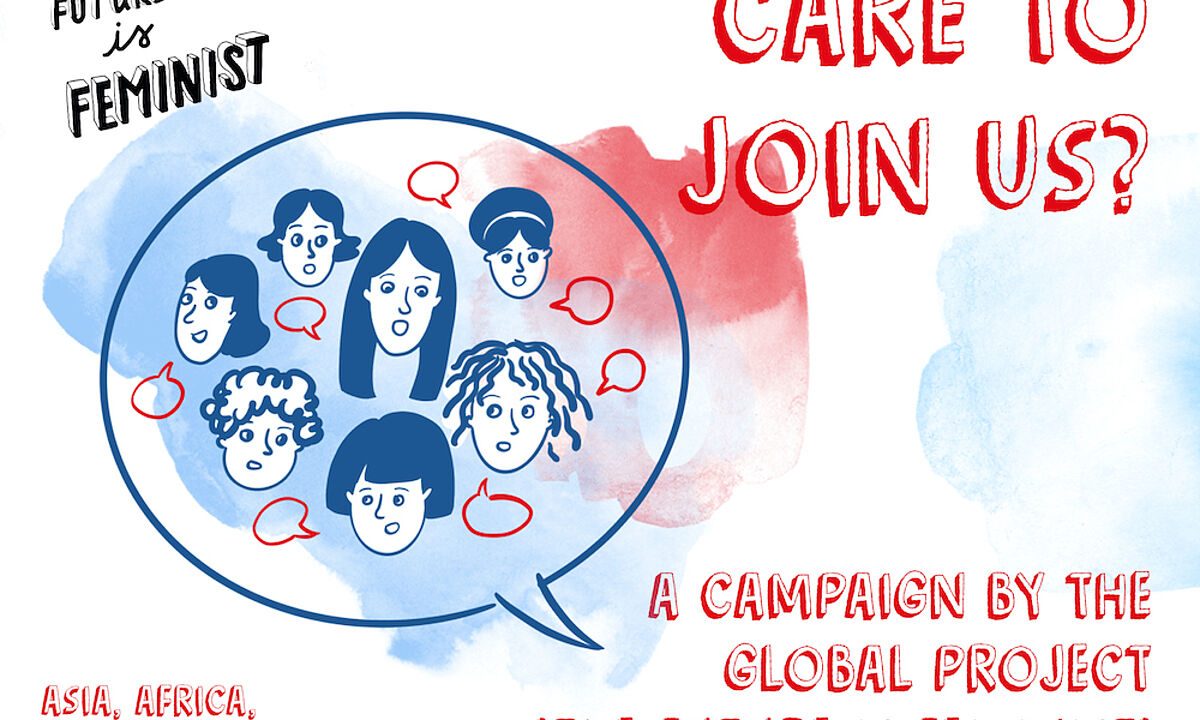Every war has to end
It is 2017 in Afghanistan. More than 15 years after 9/11 and the subsequent intervention, the country still struggles to find its path to peace and reconciliation. Whatever comes next, Afghanistan has been undeniably changed. Significant parts of its society will not agree to reverting back to the isolationistic and dogmatic religious rule of the Taliban time. However, it can be hard to distinguish milestones of success amid the recent turbulence. Militancy and extremism have not vanished, while stability and prosperity remain far-off goals.
It can be hard to distinguish milestones of success amid the recent turbulence
Thousands of pages have been written about the multiple strains of peace building in Afghanistan. Over the years one discursive leitmotif has proven to be universal and uncontested – there is no way around a political solution. Whatever battlefield dynamics and terror attacks might dominate the headlines, there is a broad consensus among experts that only an Afghan-owned and Afghan-led peace process can result in a sustainable cessation of violence. Since roughly 2010 the Afghan government and the international community have launched repeated attempts to initiate a political dialogue in parallel to the security forces' fight against terrorism and the insurgents' territorial control. (e.g. in international conferences in London and Kabul, through institutions as the National Peace Jirga, the High Peace Council or the Afghanistan Peace and Reintegration Program (ARPR), as well as directly with the Taliban.) Until now, however, these initiatives have only led to sporadic informal contacts and talks-about-talks. Why haven’t we seen a breakthrough so far?
Illusion of a possible military outcome befogged the decision-making
The context of the military intervention kept changing. Drawdowns and step-ups of international troops (a new increase might be coming with the Trump administration) did improve the security context in some ways, but also impeded reconciliatory dynamics on both sides of the frontline. Put simply: The Taliban were by turn seen as too strong to be negotiated with, or as too weak to be considered a factor. In both cases the illusion of a possible military victory befogged the decision-making
A societal discussion on red lines and conditions did not have the space to unfold properly. Although the war-weary Afghan population broadly supports an abstract idea of peace, many specifics are blurry. What are the non-negotiables to start a peace process? Will there be a need for constitutional and human right concessions? What will the shape of a new, common Afghanistan be after the deal, what will happen to minority rights, will the country maintain a common legal system, and what will be the political economy of the new polity? The lack of a popular definition of “peace” has weakened negotiators and politicians advocating for continued dialogue, and emboldened the hawks.
2016 brought an unexpected and symbolic development, the first significant peace agreement with a militia
A mismatch between the intra-Afghan process and the international efforts for Afghanistan-Pakistan talks persists. All recent meetings in the format of the Quadrilateral Coordination Group (QCG) (comprising delegations from Afghanistan, Pakistan, USA and China), have ultimately failed to produce political momentum. The thinking behind this geopolitical format is that great powers could force or motivate Afghanistan and Pakistan to bring sub-state actors and factual decision-makers to the negotiation table. It remains unclear how to ensure any sustainability for any talks resulting out of QCG. So far the visible efforts have failed.
Still, the coming months and years could open much-needed windows of opportunity. 2016 brought an unexpected and symbolic development, with the Afghan National Unity Government managing to finalize and sign a peace agreement with Gulbuddin Hekmatiyar. The deal with this notorious warlord and his Hizb-e Islami militia has sparked a heated public debate about war crimes and the price of compromises, but it is the first significant agreement with an insurgent, and is an example of the ability of Afghans to come to terms with their compatriot rivals.
Today, Afghanistan is going through its bloodiest period since 2001.1 For the first time in its recent history it is also receiving more Afghan refugees than any other country, with hundreds of thousands returning from Pakistan, Iran and partly Europe – many being driven back by other conflicts or deportation.2 The National Unity Government is facing a massive economic shrinkage after the end of the international ISAF military intervention's combat missions in 2014.3 Despite this grim picture, and perhaps counter-intuitively, there is some hope for significant steps towards peace. The military situation has shown no progress for either side, the regional neighbours seem to realize the consequences of further destabilization and the war-weariness of the Afghan society is unprecedented. Every war has to end at some point.
Alexey Yusupov was based in Afghanistan for two years as FES Country Director until the end of 2016. At the moment he is preparing for his next assignment in Myanmar.
Notes:
1. According to recent UNAMA reports.
2. UN High Commissioner for Refugees (UNHCR), Fragility and population movement in Afghanistan, 3 October 2016, available here [accessed 27 February 2017].
3. Shoaib Ahmad Rahim, Can Afghanistan's Economy Rebound in 2017?, The Diplomat, 25 Jan. 2017
About FES Connect
Connecting people, in the spirit of social democracy, we source and share content in English from the German and international network of the Friedrich-Ebert-Stiftung.








